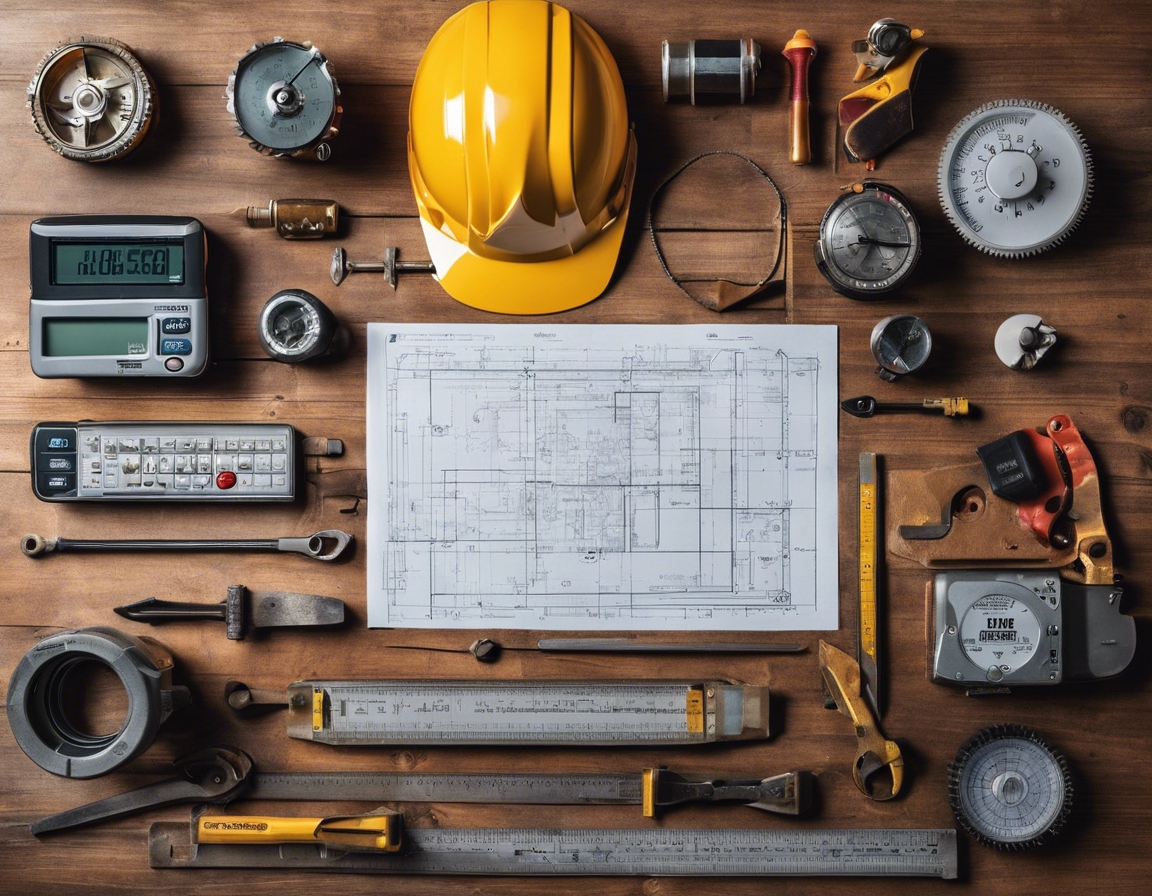The future of sustainable architecture
Sustainable architecture is a design philosophy that seeks to minimize the negative environmental impact of buildings by enhancing efficiency and moderation in the use of materials, energy, and development space. The importance of sustainable architecture lies in its potential to address climate change, resource depletion, and environmental degradation, while also creating spaces that are healthy and comfortable for occupants.
The principles of sustainable design have evolved from simple energy conservation to a comprehensive approach that encompasses the entire lifecycle of a building. This evolution reflects a growing understanding of the complex interplay between the built environment and the natural world.
Emerging Trends in Sustainable Architecture
Architects and engineers are exploring new materials that are renewable, recyclable, or have a low environmental footprint. Construction techniques are also evolving to reduce waste and energy consumption during the building process.
Designs that maximize natural light, improve insulation, and incorporate renewable energy sources are becoming standard in sustainable architecture. These features reduce the reliance on fossil fuels and lower greenhouse gas emissions.
Water-sensitive design is gaining traction, with systems that recycle water for on-site use and landscaping that requires minimal irrigation.
Biophilic design integrates natural elements into the built environment to improve occupant well-being. Human-centric spaces prioritize the health and comfort of users, leading to more productive and satisfying environments.
Technology plays a crucial role in sustainable architecture, with smart systems that optimize building operations and maintenance. Smart cities leverage these technologies to create interconnected and efficient urban environments.
Challenges and Opportunities
While regulations can drive the adoption of sustainable practices, they can also pose challenges. Incentives and certifications, such as LEED, encourage the industry to exceed standard practices.
Although sustainable buildings may have higher upfront costs, they often result in long-term savings through reduced operating expenses. A cost-benefit analysis can help stakeholders understand the economic advantages of sustainable design.
Educating both professionals and the public about the benefits of sustainable architecture is essential for its widespread adoption. Changing mindsets is a gradual process that requires demonstrating the tangible benefits of sustainable design.
Successful sustainable architecture requires collaboration between architects, engineers, environmental scientists, and other stakeholders. This interdisciplinary approach ensures that all aspects of sustainability are considered.
Architectural Innovations on the Horizon
Modular and prefabricated building methods are gaining popularity for their ability to reduce construction waste and time. These methods also allow for greater precision and quality control.
Zero-energy buildings generate as much energy as they consume, often through a combination of energy efficiency measures and renewable energy systems. The future may see buildings that are not only zero-energy but also net-positive, contributing energy back to the grid.
Adaptive reuse involves repurposing existing buildings for new uses, conserving resources, and preserving cultural heritage. The circular economy concept extends this idea to the entire lifecycle of building materials, promoting reuse and recycling to minimize waste.
Urban farming and green roofs are examples of green infrastructure that contribute to urban sustainability. These practices not only provide local food sources but also help manage stormwater and improve air quality.






Comments (0)